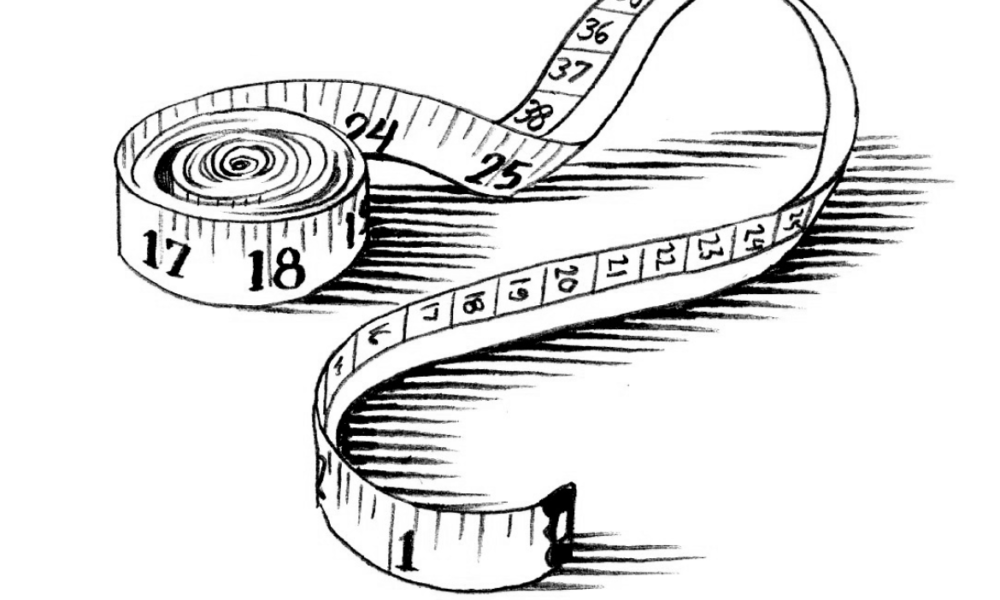No matter where I live or how old I get, I never escape that one ill-fated afternoon every two weeks when my family declares that we are going to the tailor shop. As a toddler, a trip to this seemingly mundane part of town was an uphill battle––one where I turned into the poster child for restlessness. I fidgeted near the head tailor’s standing desk, which was always covered in a coarse beige cloth. While my mother discussed her latest fashion fixation with the head tailor, I always found the sights frustratingly boring and whined about wanting food or water.
Childhood irritation fed by five-hour wait times and custom-made pieces soon came to an end as I gave in to the grandeur of the Indian tailor shop. With my toddler days behind me, my clothing preferences developed from multi-coloured ghagras with mirrors sewn into them to lavender blouses embroidered with flowers. For every new phase, my friendly neighbourhood tailor and his team of artists were ready to embrace change and create a new masterpiece.
Growing up, my local tailor shop had two floors, with the second hidden away from the customer’s gaze. Influenced by years of reading fantasy novels, I imagined a large sewing machine at the centre of the room surrounded by the desks of tailoring wizards who lorded over their personal projects.
While they may not harness magical powers, or own abnormally large machines, tailors have been a vital presence in Indian communities due to a commonly held belief that ready-to-stitch fabrics are better than fully stitched garments. Tailors were a staple in Indian neighbourhoods because they served every social class and religion, exempting their profession from the rigid hierarchies of Indian society. Unlike the gradual disappearance of independent tailors in Western countries, India has a rich network of small-scale tailor shops that serve the local clientele.
Local tailor shops create special bonds that blossom when two people are inside the establishment. I found a friend in every little girl who stood behind her mother while she haggled over the price of stitching a new sari or fixing an old outfit. Meanwhile, mothers shared quick looks of exasperation at their cranky children and the increased tailoring costs. Although I never spoke to my younger companions, their presence was enough to remind me that this is a communal experience.
Across South Asia, bespoke tailoring has made its way into the closets of millions of wedding-goers. In India, for example, the tailoring industry boomed, courtesy of a decentralized garment industry with no universal sizing chart. While the clothing industry has experienced a rapid increase in production, tailoring still remains at the heart of creating unique Indian traditional clothing for marriages and milestones alike.
With its origins in making clothes accessible to different body types, the tailoring industry encourages customers to alter and customize their clothes instead of seeking out weight loss programs and diets. As South Asia continues to grapple with the aftermath of colonization, media representation constantly works against this message and prioritizes thin and fair-skinned bodies in its conception of beauty.
Tailoring is a refreshing escape from the cultural obsession with imagining an ‘ideal’ body type. When the restrictive nature of the fashion industry caught up with me, my admiration for the beautiful patterns on the shelves of a tailor shop became distorted. I felt an overwhelming sense of dread toward stuffy dressing rooms, measuring tapes, and my reflection.
Luckily, fixing my relationship with my body is a life-long journey, and it began as soon as I stopped attaching moral judgment to the fact that my body will never mirror the sizing chart of stores with “ready-made” traditional clothing. It might have gone underlooked in the past, but tailoring is more than just a commercial venture or a hub for social connection—it stitches together a better reality where clothes fit the body, and not the other way around.








